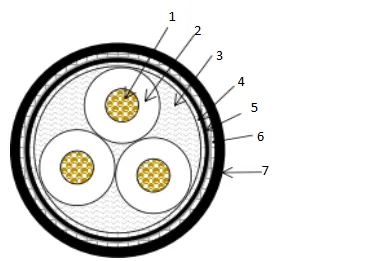nóv . 05, 2024 22:27 Back to list
Versatile Rubber Joint Solutions for Enhanced Flexibility and Durability in Applications
Understanding Flexible Rubber Joints Key Features and Applications
Flexible rubber joints are essential components used in various piping systems across multiple industries. These joints are designed to absorb vibrations, accommodate misalignment, and facilitate movement in dynamic piping systems. Their composition and construction allow them to endure various environmental factors while providing durability and reliability. This article explores the key features, materials, types, and applications of flexible rubber joints.
What Are Flexible Rubber Joints?
Flexible rubber joints, often referred to as rubber expansion joints or flexible connectors, are devices made from elastomeric materials that are engineered to connect two piping systems while allowing for flexibility. They serve crucial purposes in accommodating thermal expansion, reducing noise and vibration, and minimizing stress on pipes and fittings. The basic design typically includes a rubber body, end fittings, and often supports such as a metal frame or additional elastomeric inserts to enhance performance.
Key Features
1. Flexibility As the name suggests, the primary feature of flexible rubber joints is their ability to bend and rotate. This flexibility is vital for systems subject to movement from vibrations, thermal expansion, or changes in pressure.
2. Absorption of Shock and Vibration These joints are designed to absorb shock and dampen vibrations within the piping system, reducing potential damage to equipment and infrastructure.
3. Corrosion Resistance Many flexible rubber joints are constructed from materials resistant to chemicals, oils, and other corrosive substances, making them suitable for various industrial applications.
4. Temperature Tolerance They can operate effectively over a broad temperature range, depending on the materials used. This makes flexible rubber joints suitable for both high and low-temperature applications.
5. Ease of Installation Compared to rigid connections, these joints are easier and faster to install, often requiring less specialized labor and tools.
Materials Used
flexible rubber joint

Flexible rubber joints are typically made from various materials depending on their intended application. Common materials include
- Natural Rubber Generally used for general-purpose applications, providing good flexibility and durability. - Neoprene Known for its excellent weather and ozone resistance, neoprene is suitable for outdoor applications. - EPDM (Ethylene Propylene Diene Monomer) This synthetic rubber provides excellent resistance to heat, oxidation, and aging, making it ideal for steam and hot water applications. - Silicone Known for its high-temperature resistance, silicone is often used in medical and food-processing applications.
Types of Flexible Rubber Joints
There are several types of flexible rubber joints, each suited to specific applications
1. Single Arch Joints These have a single arc and are effective for limited movements. 2. Multi-Arch Joints Featuring multiple arches, these allow for greater movement and flexibility, suitable for complex installations. 3. Inline Joints Used to connect two sections of piping in the same direction, facilitating adaptability in straight runs. 4. Angled Joints Designed for systems that must operate at angles, allowing for alignment in misaligned installations.
Applications
Flexible rubber joints find applications across numerous sectors, including
- Water and Wastewater Treatment To manage moving water efficiently while reducing noise and vibration. - HVAC Systems In heating, ventilation, and air conditioning systems to absorb vibration and accommodate expansion. - Industrial Processes In chemical plants and refineries, where they reduce stress on pipes due to changes in temperature and pressure. - Marine and Shipbuilding To connect piping systems on ships, absorbing vibrations caused by engine operations.
Conclusion
Flexible rubber joints play a crucial role in modern piping systems, providing necessary flexibility and resilience in various applications. By absorbing vibrations, accommodating thermal expansion, and relieving stress on pipes, these joints enhance the longevity and efficiency of piping systems across industries. Understanding their features, materials, and applications can help engineers and decision-makers choose the right solution for their specific needs, ultimately contributing to improved system performance and reliability.
Share
-
Reliable Wafer Type Butterfly Valves for Every IndustryNewsJul.25,2025
-
Reliable Flow Control Begins with the Right Ball Check ValveNewsJul.25,2025
-
Precision Flow Control Starts with Quality ValvesNewsJul.25,2025
-
Industrial Flow Control ReliabilityNewsJul.25,2025
-
Engineered for Efficiency Gate Valves That Power Industrial PerformanceNewsJul.25,2025
-
Empowering Infrastructure Through Quality ManufacturingNewsJul.25,2025


